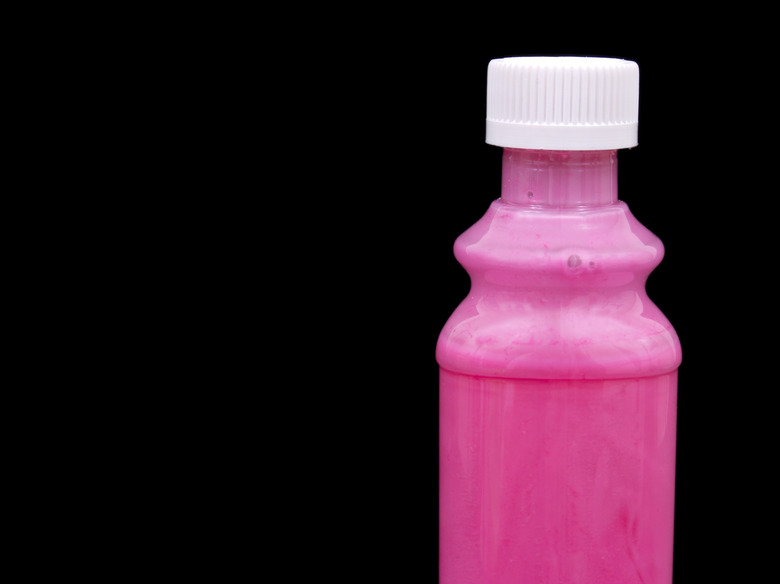Physical Address
Suite 5, 181 High Street,
Willoughby North NSW 2068
Physical Address
Suite 5, 181 High Street,
Willoughby North NSW 2068

Have you ever had heartburn or sneezed from dust in the air? Liquid medications for heartburn, such as Pepto Bismol and Kaopectate are examples of suspensions, as they don’t mix completely and can separate over time. This is why the package instructions state that you should shake it before taking it. Dust particles don’t fully mix in the air either. Most people have had a glass of Kool-Aid before and since it mixes in water, it’s a solution.
Suspensions are heterogeneous, meaning that the components don’t mix completely together and will likely separate in the near future. On the other hand, solutions are homogeneous because the components mix thoroughly together and stay mixed without separation.
Both solutions and suspensions are mixtures of two or more components and neither of them have components that are chemically bonded together. Components in both a solution and a suspension can be separated based on their physical properties of density, solubility or size.
Solutions mix together thoroughly because the particles of a solid are very tiny, less than 1 nanometer, allowing the particles to disperse evenly. Solutions are any item where the components meet these criteria and appear clear in color, as you can’t see the tiny particles in it so particles don’t reflect light. Some examples include drink mixes that mix into water, usually with sugar and sodas that are a gas combined in liquid.
Suspensions don’t mix together entirely, or if they do, the particles may become unmixed and fall to the bottom. This is because the particles in a suspension are larger than in a solution at over 1,000 nanometers. Suspensions also appear cloudy because light is scattered and reflected. Suspensions will separate at one point, even if they looked mixed thoroughly at the beginning. Examples of suspensions are sand in water and soot in the air. You can stir sand and water together, but they don’t mix together, and you can always see soot floating in the air.
A colloid is the happy medium between a solution and a suspension. The components mix together thoroughly as a solution, but always appear cloudy because the light is dispersed by its particles. In this aspect, it seems to resemble a solution partially. However, the particles don’t separate as a suspension does, even though it has the same appearance. Examples of colloidals are foggy or smoke-filled air. When you shine a light on it, a colloidal will reflect light off the larger particles, so the light beam is visible.